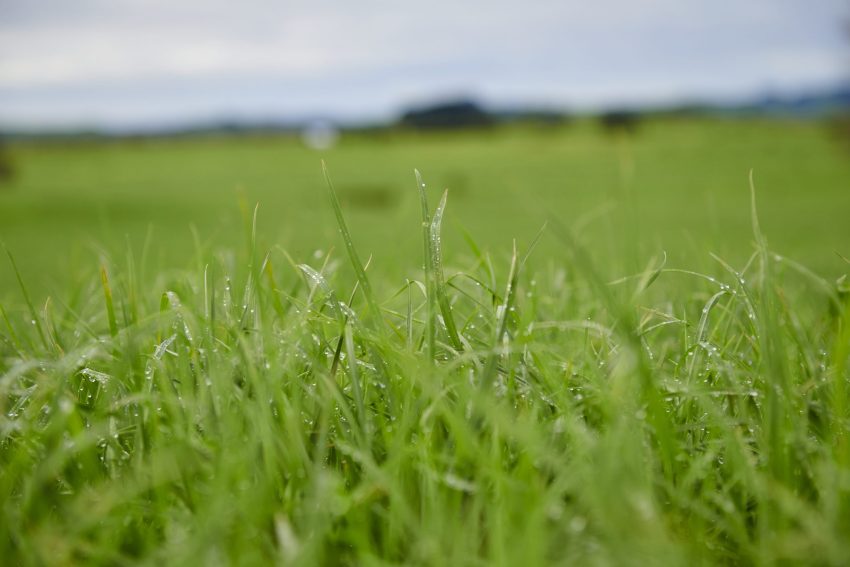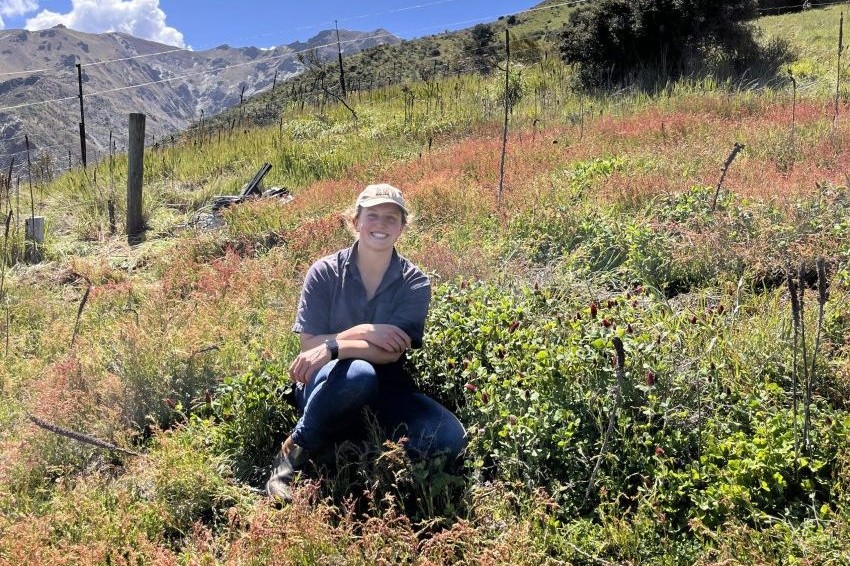BY: ANDREW SWALLOW
Before you pay through the nose for forage to fill a drought-induced feed deficit this winter, could buying grain be a better bet?
In many cases it will be, Agresearch’s David Stevens says, provided certain precautions are heeded and you have the facilities to handle it.
“Grain is a very cost-effective option to fill feed deficits, as long as you have storage for it.”
During early to mid-pregnancy it can make up 40% of a ewes’ diet and, because it has a much higher metabolisable energy (ME) content than balage, and especially hay, it will make those scarce resources, winter crops and grass go further.
For example, 300g drymatter (DM)/ewe/day of good quality barley with an ME of 13MJ/kg DM is about 40% of maintenance*. With balage at ME 9-10MJ/kg DM you’ll need 390-430g DM/day/ewe, a third as much again, to deliver the same amount of energy.
But, as most farmers should know, grain must be introduced to the diet gradually, Stevens stresses.
“Start with a small amount spread widely so the dominant feeders don’t gorge themselves and the shy feeders get a feed and start adapting to it too.”
An allocation of 50g/ewe/day is a good starting point, fed for two or three days, or longer until all ewes are onto it. Then increase in 50g/ewe increments every 2-3 days until the target ration is reached.
Forages, be that hay, balage, or a fresh break of crop or grass, should be fed earlier in the day, before grain is put out, to reduce risk of ewes gorging on an empty stomach and succumbing to acidosis.
“Always feed the fibrous stuff first.”
Another key point is to make sure grain is fed at roughly the same time each day. “Never let them go on to it hungry.”
That daily labour requirement is one of the downsides of grain, whereas balage can be put out once every three or four days, Stevens says.
Utilisation of grain fed to sheep on dry soil will be near 100%, but if ground is wet losses can reach 30-40% so budget accordingly, says Stevens. Troughs will cut losses but might not be practical with large mobs.
If two people are available, feeding grain from the back of a slowly moving ute works well. A feed-out trailer makes it a one-man job but if the slide can’t be opened on the move a few sheep gorging on the heap made before the vehicle gets moving is a risk.
Where a high proportion of the diet is grain and conserved forage, particularly if the forage is old, and it is being fed for more than a few weeks, mixing lime flour into the grain may be necessary to prevent calcium deficiency.
“Or you might want to make sure they have access to some sort of mineral lick.”
Later in pregnancy, while grain is a good, low volume option to keep energy intake up as space for the rumen gets squeezed by the expanding uterus, straight cereal grains may not provide enough protein.
“It all depends how much grass they’re getting and what it’s like. If there’s a reasonable amount of spring growth, especially if you’ve used some nitrogen, then they’ll be getting enough protein but if they’re still mostly on another supplement like balage or hay, then you’re probably going to need a better protein source like peas or white lupins for the last six weeks of pregnancy.”
Getting conserved forages tested to remove the guesswork out of rationing is a good idea, he adds.
Which grain to use is a trade-off between acidosis risk, price, and energy provided. Oats are the safest as the grain comes with fibre attached, but also lower energy and greater bulk to transport and store. Barley’s seed coat means it is the next safest option, then the naked grains of rye, maize and wheat.
“Wheat is the hottest… Definitely don’t crack the grain if you’re using wheat but with barley and oats giving it a roll might improve efficiency.”
*For a table of ewe energy requirements throughout pregnancy search “pregnant ewes” in www.beeflambnz.com/knowledge-hub
GRAIN GAME
• Useful to make scarce forage go further.
• High energy: beware acidosis risk.
• Introduce slowly and feed daily.
• Compare costs using MJ of ME.
• May lack protein for late pregnancy if grass short.
CATTLE SUPPLEMENT
Contrary to some schools of thought, rolling or cracking grain isn’t essential for feeding to cattle, Agresearch’s David Stevens says.
“You might see the odd grain go straight through them if you don’t do it but they still get to use most of it.”
As a temporary supplement for beef cattle Stevens says he wouldn’t use grain for more than 25-30% of their diet, and as with sheep, it needs to be introduced gradually. Larger mouths make troughs more worthwhile as they won’t manage to clean grain off the ground as well as sheep.
Blending with palm kernel meal makes grain safer and easier to feed to cattle, but palm kernel’s high copper content makes it risky for sheep. They may not drop dead when being fed, but the copper can build up in the liver then get released when the sheep have a sudden change in diet, causing toxicity problems and death.
“With cattle that’s not a problem and it is really cheap, safe and easy to feed.”




